- Home
- Articles
- Architectural Portfolio
- Architectral Presentation
- Inspirational Stories
- Architecture News
- Visualization
- BIM Industry
- Facade Design
- Parametric Design
- Career
- Landscape Architecture
- Construction
- Artificial Intelligence
- Sketching
- Design Softwares
- Diagrams
- Writing
- Architectural Tips
- Sustainability
- Courses
- Concept
- Technology
- History & Heritage
- Future of Architecture
- Guides & How-To
- Art & Culture
- Projects
- Interior Design
- Competitions
- Jobs
- Store
- Tools
- More
- Home
- Articles
- Architectural Portfolio
- Architectral Presentation
- Inspirational Stories
- Architecture News
- Visualization
- BIM Industry
- Facade Design
- Parametric Design
- Career
- Landscape Architecture
- Construction
- Artificial Intelligence
- Sketching
- Design Softwares
- Diagrams
- Writing
- Architectural Tips
- Sustainability
- Courses
- Concept
- Technology
- History & Heritage
- Future of Architecture
- Guides & How-To
- Art & Culture
- Projects
- Interior Design
- Competitions
- Jobs
- Store
- Tools
- More
Sustainable Home Design Starts Underground: The Overlooked Role of Septic Systems

When we think of sustainable home design, most people picture solar panels, energy-efficient windows, and recycled building materials. But sustainability begins long before sunlight hits the roof; it starts beneath the ground. A home’s septic system, often out of sight and out of mind, plays a critical role in supporting eco-friendly living, water conservation, and long-term property health.
Table of Contents
ToggleThe Underground Foundation of Sustainable Living
Modern architecture is no longer just about form and function; it’s about integrating systems. Every element, from structure to sanitation, contributes to a home’s environmental footprint. A well-designed septic system manages wastewater efficiently, prevents pollution, and promotes groundwater replenishment. It quietly performs the crucial work of filtering, dispersing, and treating wastewater, ensuring that the home above remains sustainable for decades.
Unfortunately, this part of the home infrastructure is often neglected during design or renovation phases. While architects focus on aesthetics and builders concentrate on structural durability, the placement and functionality of septic systems are sometimes treated as an afterthought. Yet, a poorly designed or overloaded system can lead to groundwater contamination, surface pooling, and even irreversible damage to local ecosystems.
Designing with the Environment in Mind
Incorporating septic planning into sustainable home design starts with understanding the soil, landscape, and water table of the property. Each location requires a tailored solution based on its absorption rate and terrain. Thoughtful positioning of the septic tank and leaching field can reduce the system’s environmental impact and improve its efficiency.

This is where collaboration between architects, builders, and certified septic contractors becomes essential. These professionals assess environmental conditions and ensure that system design aligns with both local regulations and long-term sustainability goals. Their input allows homes to balance environmental responsibility with modern comfort, a true hallmark of sustainable living.
A properly engineered septic system doesn’t just treat waste; it preserves natural resources. By filtering water through soil layers and returning clean water to the environment, it mimics nature’s own purification processes. When combined with water-saving fixtures inside the home, it creates a closed-loop system that reduces waste and supports ecological balance.
Common Oversights in Septic System Design
Many homeowners are unaware of how significantly an undersized or outdated septic system can affect both property value and sustainability. Common oversights include installing tanks without considering the number of occupants, failing to account for future water use, or ignoring soil quality. These design flaws can result in slow drainage, backups, and harmful runoff, all of which contribute to environmental degradation.
Another issue lies in the misconception that once installed, septic systems are “maintenance-free.” Like any other essential infrastructure, they require ongoing care. Regular monitoring and a scheduled septic inspection are key to identifying potential failures before they become serious environmental hazards. An inspection can uncover blocked pipes, leaking tanks, or improper drainage that might otherwise go unnoticed until it’s too late.
Integrating Septic Awareness into Architectural Design
Forward-thinking architects and builders are beginning to integrate septic system planning into the earliest stages of home design. This shift not only supports eco-friendly building certifications but also ensures that the system complements the home’s structure and landscaping.
A sustainable home doesn’t just rest on sustainable materials; it functions sustainably. For example, green roofs and rainwater harvesting systems can reduce water load on the septic tank, while thoughtful grading ensures runoff doesn’t interfere with drainage fields. Designers who take a systems-based approach view the home as an ecosystem, one where energy, air, and water are all interconnected.
Maintenance: The Key to Longevity
Even the best-designed septic system requires periodic care to maintain efficiency. Scheduling a septic inspection every few years helps identify early warning signs of damage, buildup, or overuse. Routine pumping, responsible water use, and avoiding harsh chemicals are also essential for long-term system health.
Proper maintenance doesn’t just prevent expensive repairs; it extends the lifespan of the system and protects local water quality. This proactive approach aligns perfectly with the principles of sustainable living: taking small, consistent steps to minimize environmental impact while maximizing functionality.
The Role of Professionals in Sustainable Infrastructure
As the demand for environmentally responsible housing continues to grow, the role of certified septic contractors has never been more vital. These professionals bring technical expertise, regulatory knowledge, and environmental awareness to the table. They help homeowners and designers choose the right tank size, drainage layout, and materials based on soil conditions and usage patterns.

By working with qualified experts, homeowners ensure that their wastewater systems not only comply with local building codes but also contribute positively to the property’s environmental footprint. Their insight bridges the gap between architectural vision and practical sustainability.
A Call for Broader Awareness
The truth is, septic systems are one of the most sustainable wastewater solutions available today when designed and maintained correctly. Unlike centralized sewer systems that rely on energy-intensive treatment plants, septic systems operate passively, using gravity and natural filtration to clean water. Yet, their significance remains largely unacknowledged in mainstream conversations about sustainable housing.
Educating homeowners, architects, and design students about the vital role of underground systems can foster a more holistic approach to sustainability. Future-forward housing must look beyond visible aesthetics to embrace invisible infrastructure that keeps communities safe and the environment healthy.
Conclusion
Sustainability in architecture doesn’t stop at the walls or roofline; it continues beneath the soil. A well-planned and maintained septic system is not just a convenience; it’s a cornerstone of ecological balance and responsible home design. By recognizing the importance of this hidden infrastructure, collaborating with professionals, and investing in regular inspections, homeowners can create properties that truly embody the principles of sustainable living.
In the end, what lies beneath your home might just be the strongest foundation for a greener future.
illustrarch is your daily dose of architecture. Leading community designed for all lovers of illustration and #drawing.
Submit your architectural projects
Follow these steps for submission your project. Submission FormLatest Posts
What are Biodomes?
Biodomes are transforming architecture by blending ecological science with advanced design to...
The Quiet Revolution of Biophilic Design
Biophilic design is reshaping homes, workplaces, and cities—backed by evidence. Learn core...
Sustainable Solutions in Contemporary Architecture: From Passive Design to Clean Energy
Sustainable solutions in contemporary architecture: a practical playbook to hit net-zero, cut...
Sustainable Coastal Construction: Building Resilience Where Land Meets Sea
Sustainable coastal construction expert guide: plan, design, and build resilient shorelines with...





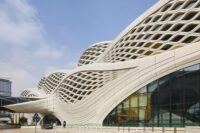
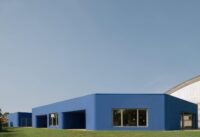

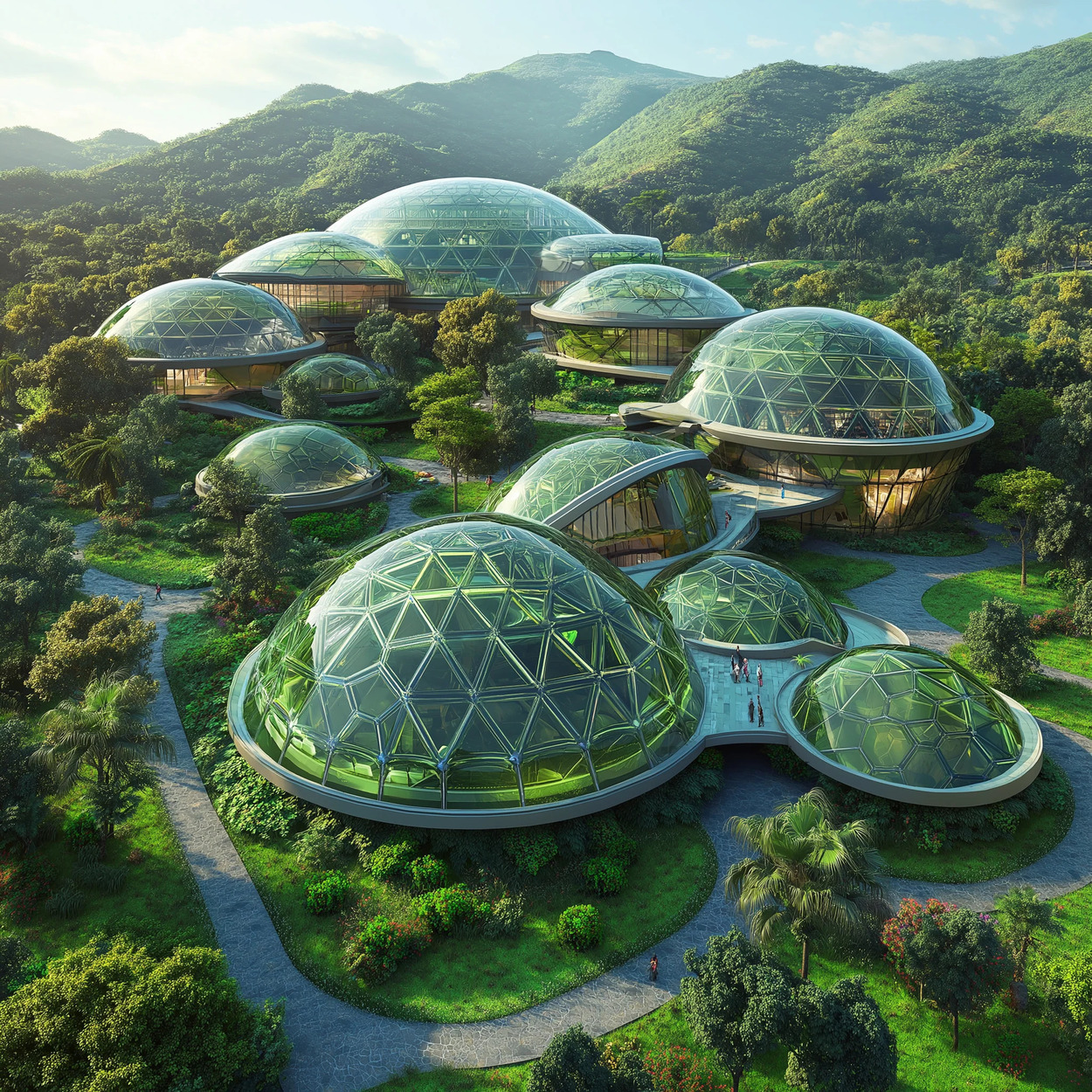
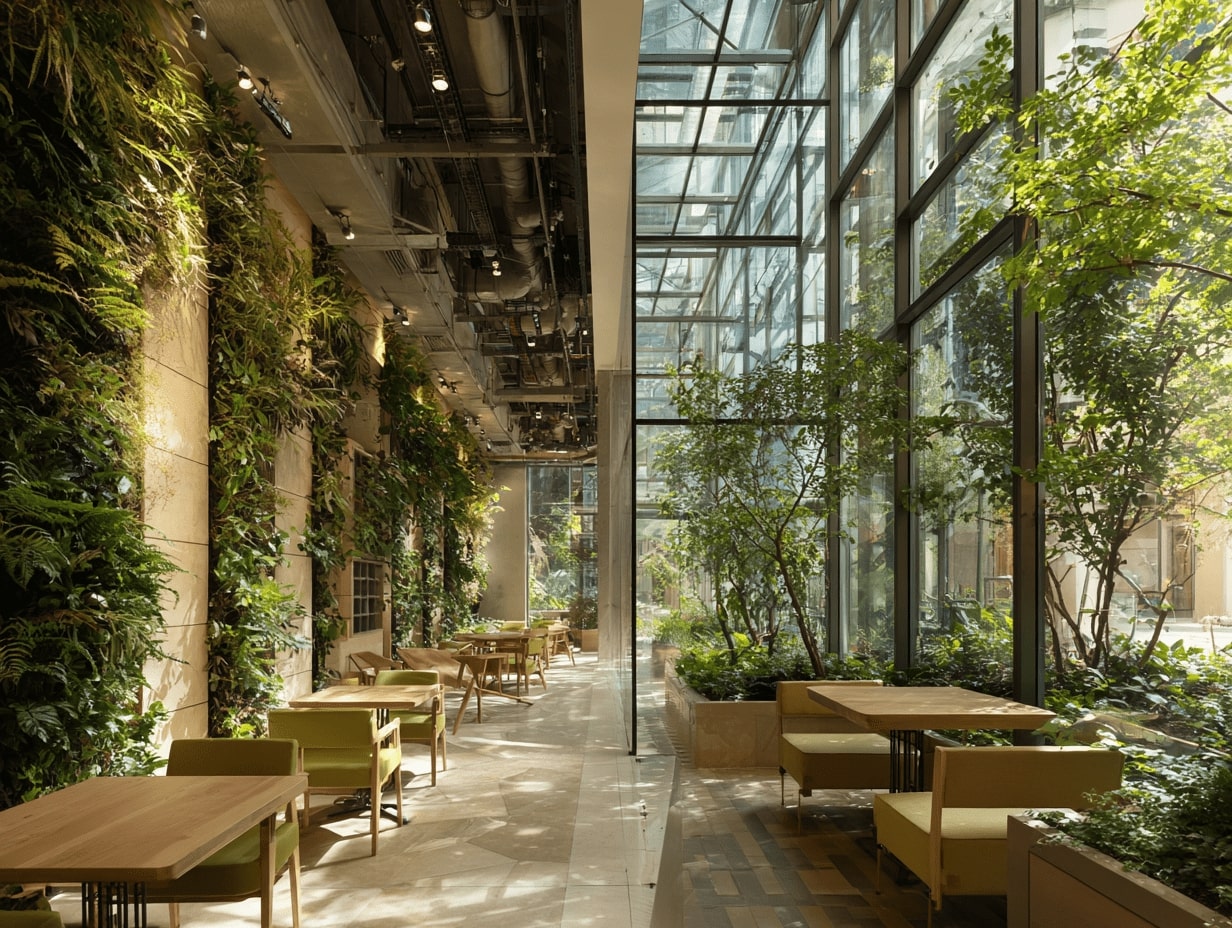
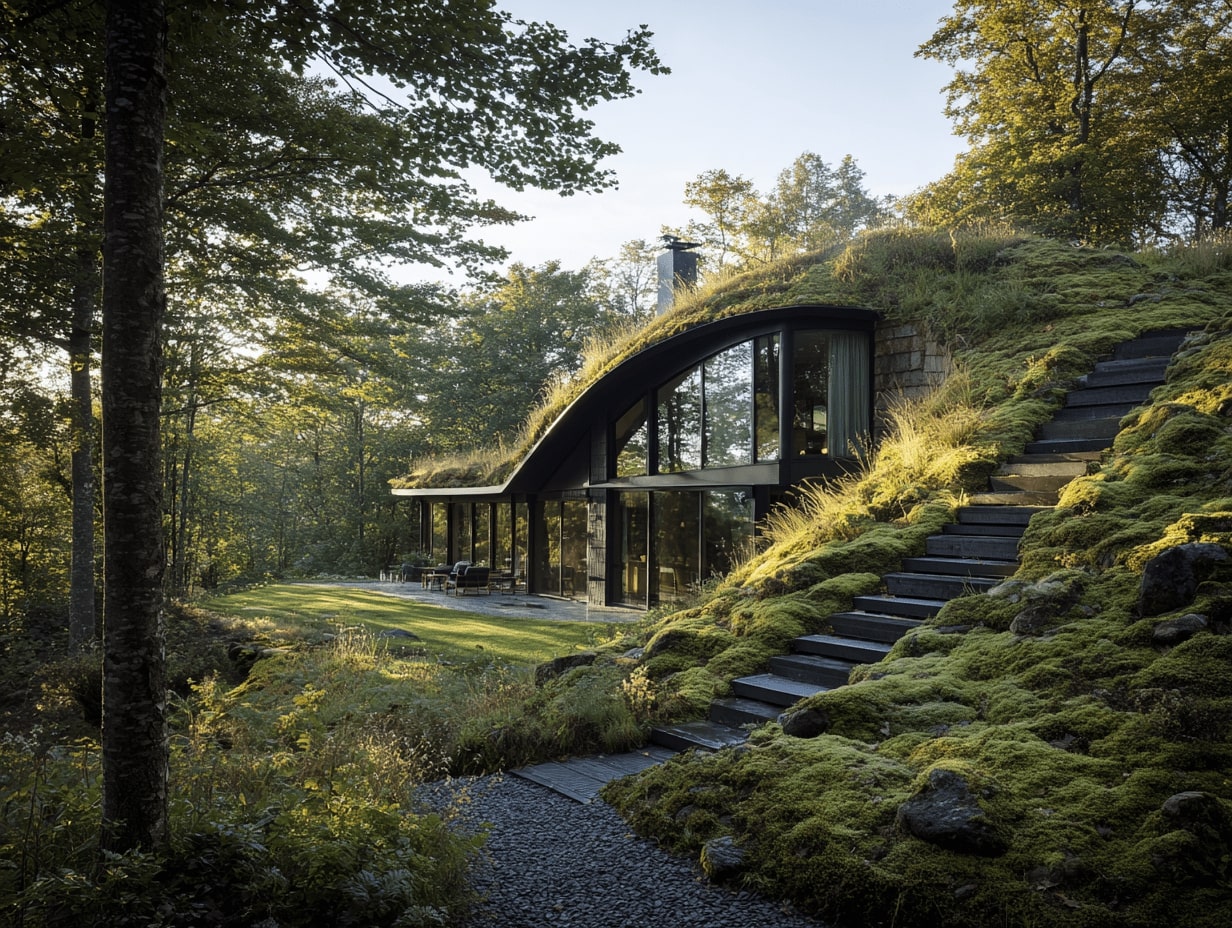

Leave a comment